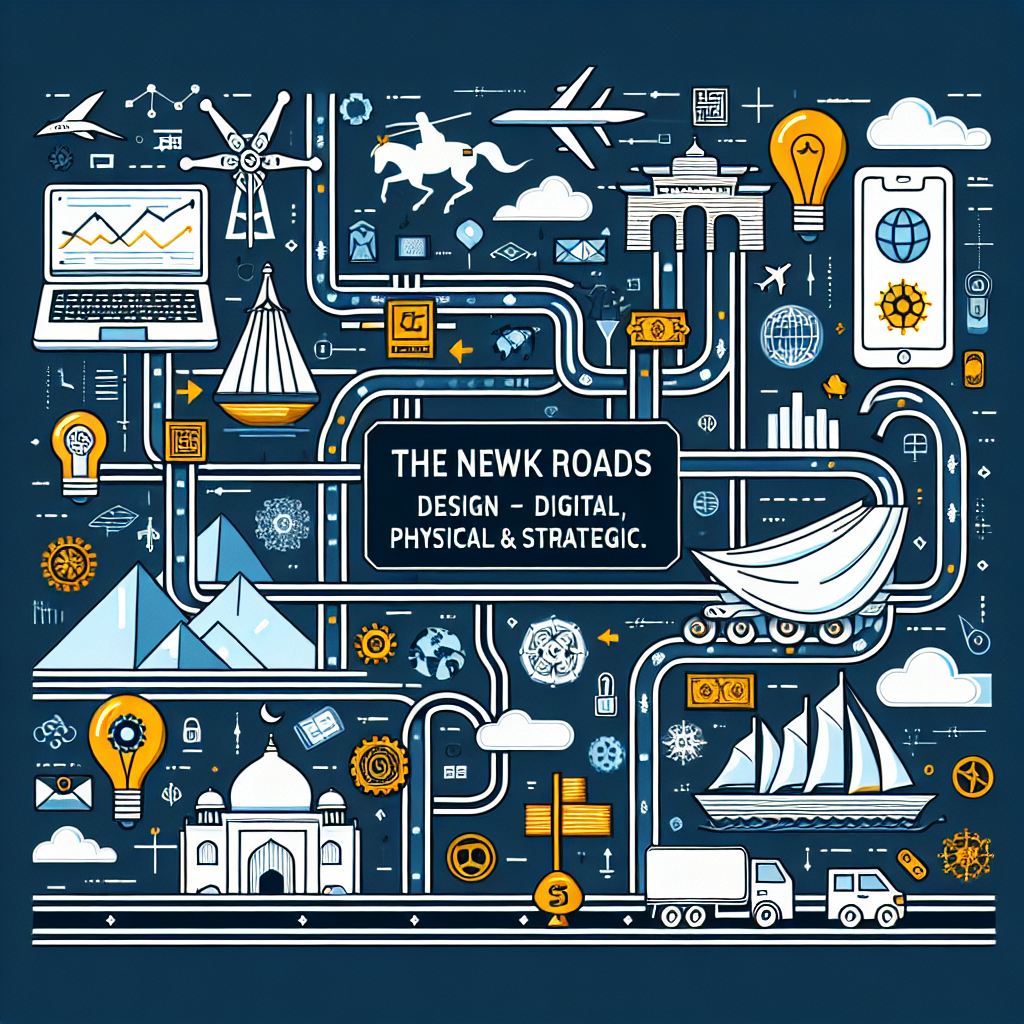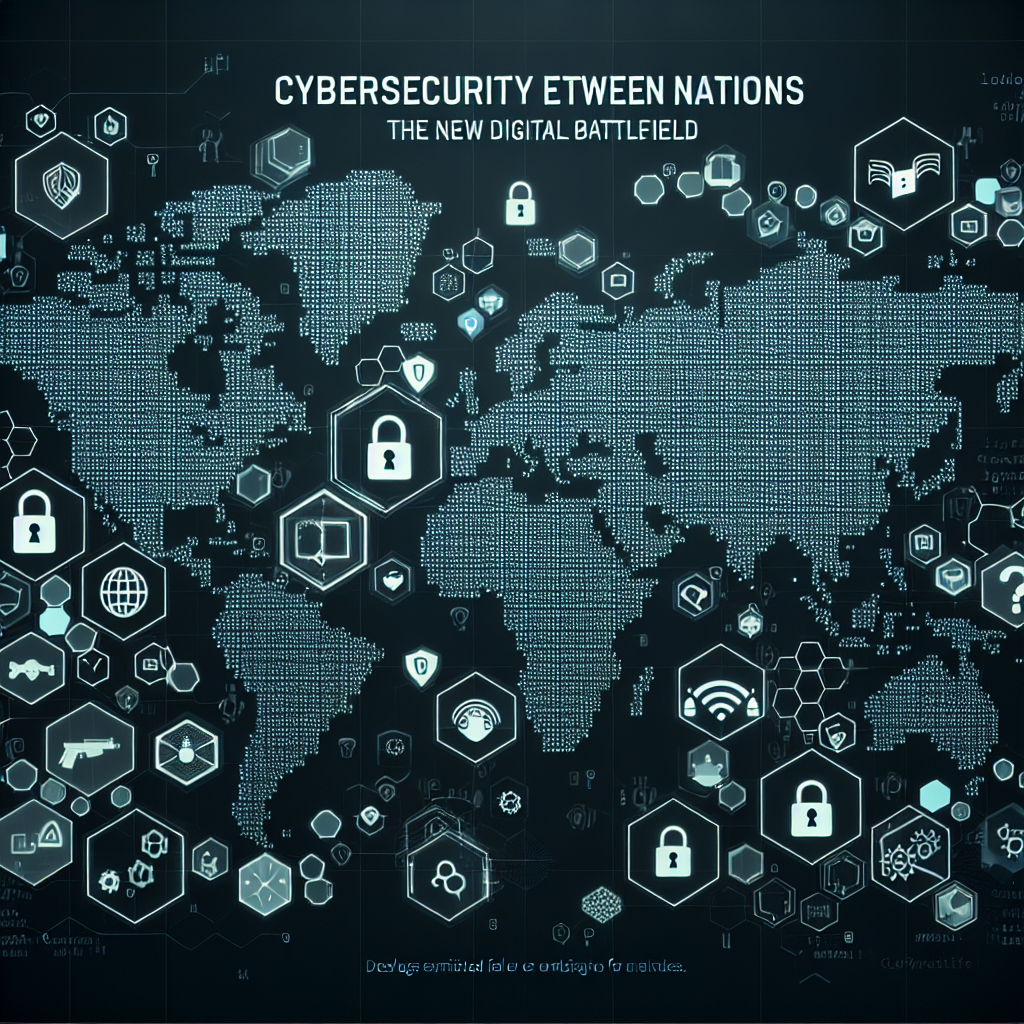
The New Silk Roads: Digital, Physical, and Strategic
The New Silk Roads: Digital, Physical, and Strategic
Introduction: A Modern Reversal of a Historic Route
Historical Context of the Silk Road
The Rise of the New Silk Roads: An Overview
- Physical Infrastructure: Building roads, railways, ports, and energy pipelines.
- Digital Connectivity: Developing high-speed internet, telecommunications networks, and digital trade hubs.
- Strategic and Geopolitical Alliances: Shaping international influence through economic partnerships, trade agreements, and geopolitical positioning.
The Physical Dimension: Connecting Continents
China’s Belt and Road Initiative (BRI)
Impact on Global Trade and Economics
The Digital Dimension: The Next Frontier
Digital Silk Road: Connecting Data and Innovation
- Enhancing Cyber Infrastructure: Countries are investing in undersea fiber optic cables, data centers, and 5G technology to boost internet speeds and security.
- Digital Payments and E-Commerce: Platforms like Alibaba, Tencent, and regional fintech solutions facilitate cross-border digital trade.
- Innovation and Talent Development: Collaborations in AI, blockchain, and digital skills training foster technological advancements and bridge the digital divide.
Strategic and Geopolitical Implications
The Great Power Competition
Regional Stability and Security
Environmental and Social Considerations
The Future of the New Silk Roads
Opportunities and Challenges Ahead
Global Impact and the New World Order
Conclusion: Embracing a Connected Future
References
- World Bank. (2022). Belt and Road Initiative: Infrastructure and Development Challenges.
- China’s Ministry of Commerce. (2023). Digital Silk Road Overview.
- Harvard Asia Quarterly. (2021). Geopolitical Implications of the New Silk Roads.
- United Nations Environment Programme. (2022). Sustainable Infrastructure and Environmental Impact.


